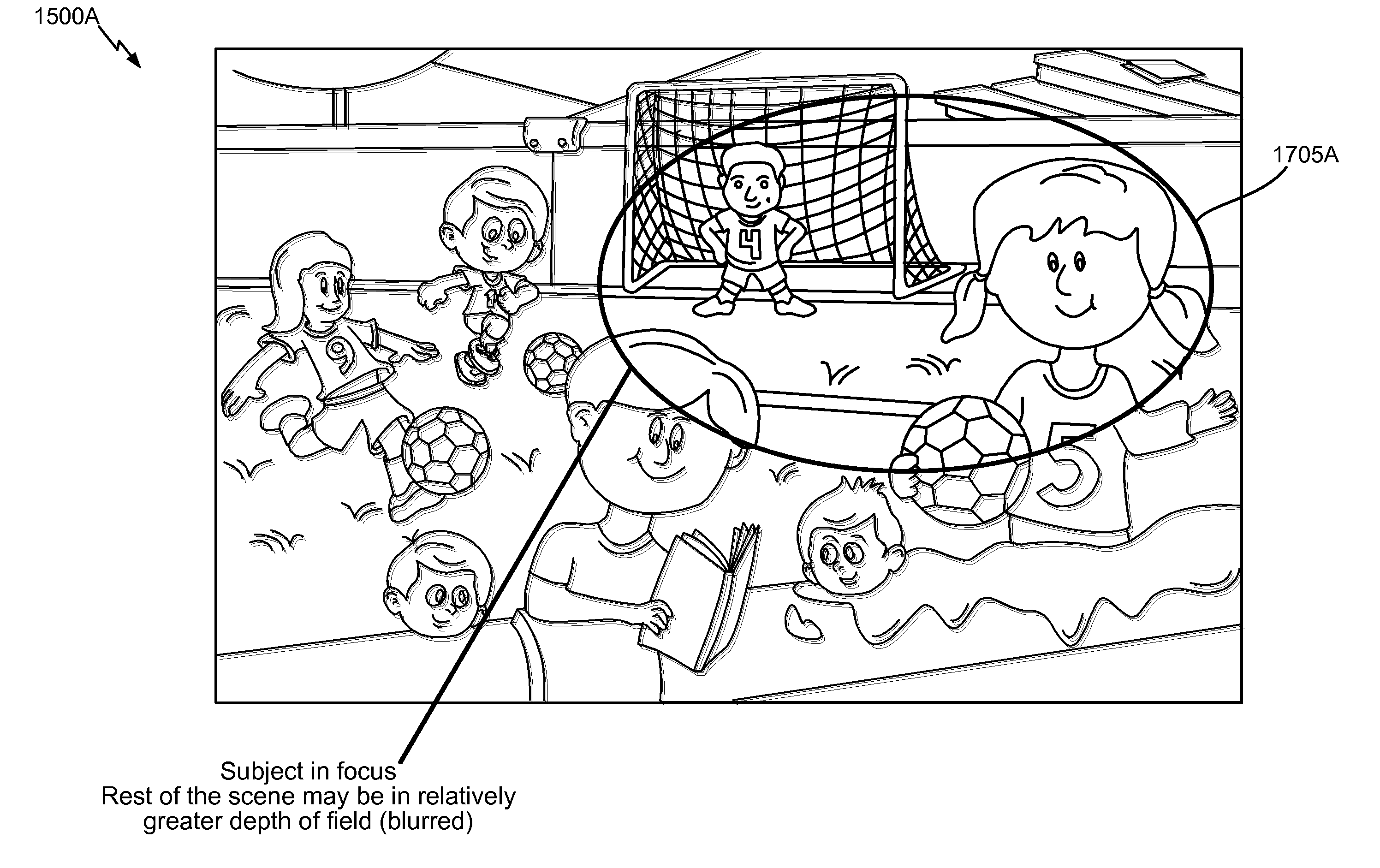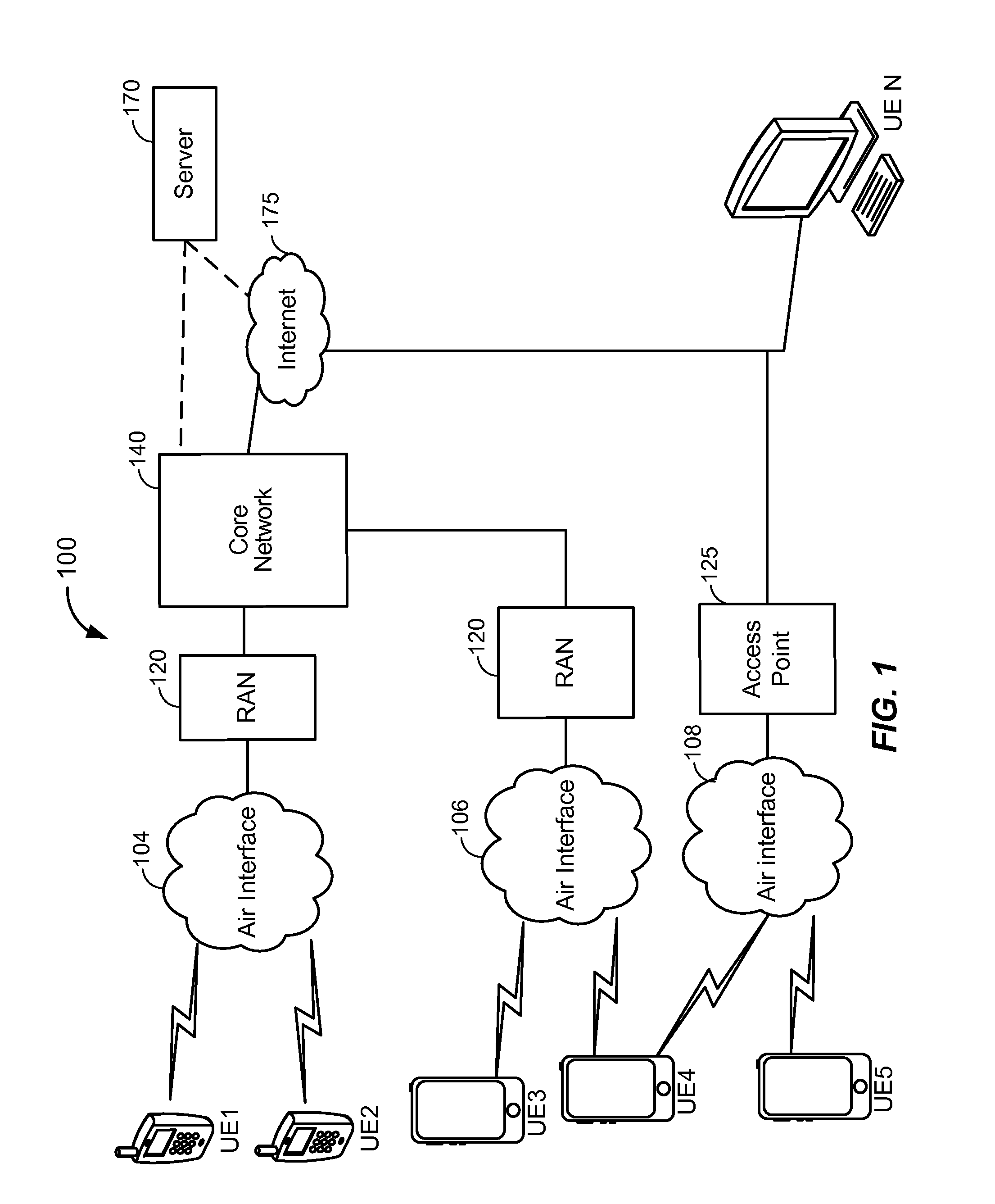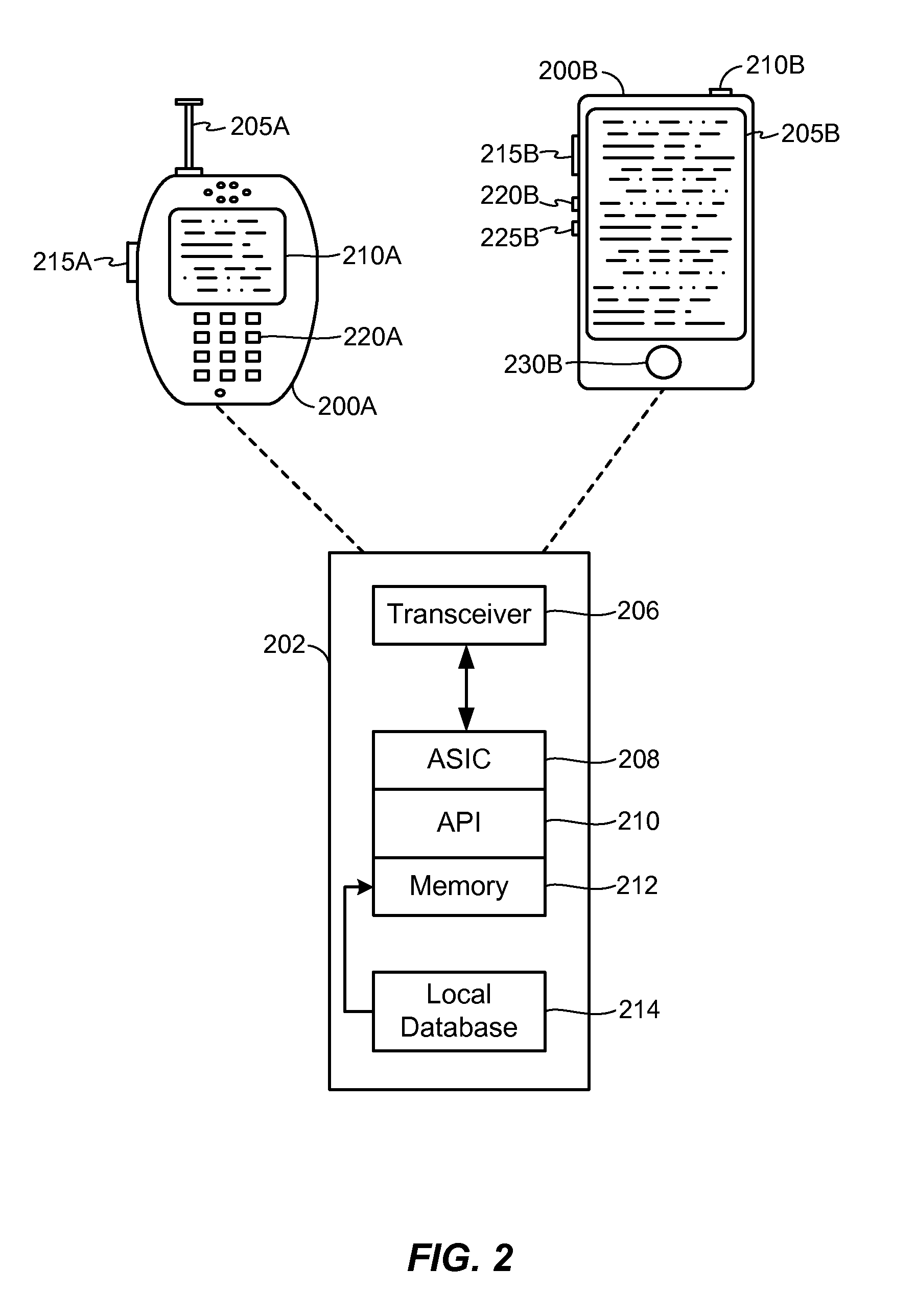Configuring audio for a coordinated display session between a plurality of proximate client devices
a technology of proximate client devices and configuration audio, which is applied in the direction of electric digital data processing, instruments, computing, etc., can solve the problem that each client device is usually limited to outpu
- Summary
- Abstract
- Description
- Claims
- Application Information
AI Technical Summary
Benefits of technology
Problems solved by technology
Method used
Image
Examples
first embodiment
[0122]At 1810, in a first embodiment, assume that the set of eye tracking devices corresponds to a single master eye tracking device that is responsible for tracking the eye movements of each viewer in the viewing population. In this case, the master eye tracking device can execute a “baselining” operation which establishes the central eye position on the horizontal axis and vertical axis. The “baselining” operation could be triggered as a dedicated “calibration step / moment / time window” during setup of the coordinated display session, irrespective of where the viewing population is expected to be looking at that particular time. Alternatively, the baselining operation can be triggered in association with a prompt that is expected to draw the gazes of the viewing population. For example, a “play / start” touch-screen option may be output by one of the video presentation devices in the viewing population, such as the device designated as the master eye tracking device. In this case, whe...
second embodiment
[0123]At 1810, in a second embodiment, instead of designing at single master eye tracking device, a distributed eye tracking solution can be implemented. In this case, two or more client devices (e.g., potentially all of the video presentation devices participating in the coordinated display session) are designated to perform eye tracking and the two or more designated eye tracking devices establish the horizontal and vertical deviation of the viewer's stare / gaze from the principal and perpendicular axis. Each of the two or more designated eye tracking devices independently acts on the deviation measures therein and attenuates or amplifies the audio stream. In an example, in the distributed eye tracking mode, if there is a 3×3 array (not shown) of video presentation devices and the viewer is looking at the top-right device, other devices would measure horizontal and vertical axis stare / gaze deviation increasing from right to left as well as from top to bottom. In another example, in...
PUM
 Login to View More
Login to View More Abstract
Description
Claims
Application Information
 Login to View More
Login to View More - R&D
- Intellectual Property
- Life Sciences
- Materials
- Tech Scout
- Unparalleled Data Quality
- Higher Quality Content
- 60% Fewer Hallucinations
Browse by: Latest US Patents, China's latest patents, Technical Efficacy Thesaurus, Application Domain, Technology Topic, Popular Technical Reports.
© 2025 PatSnap. All rights reserved.Legal|Privacy policy|Modern Slavery Act Transparency Statement|Sitemap|About US| Contact US: help@patsnap.com



